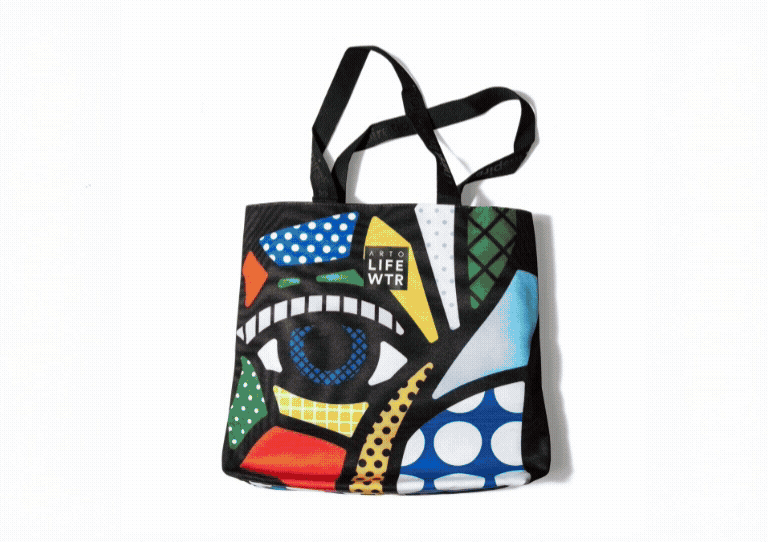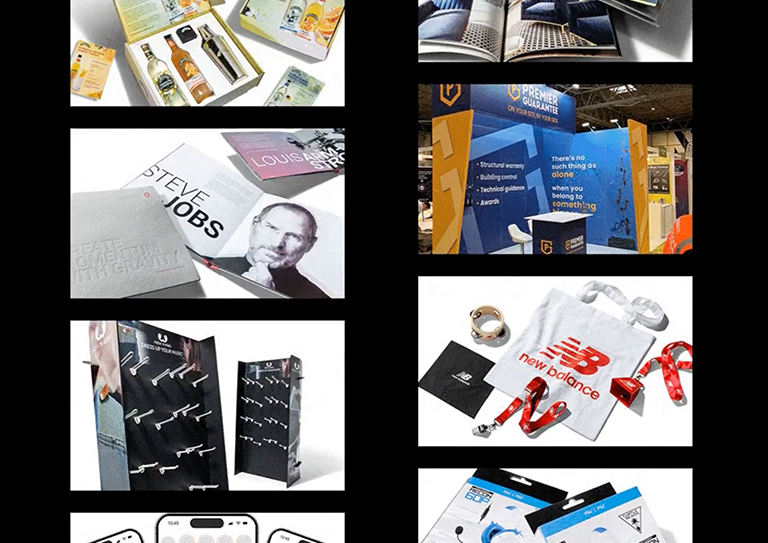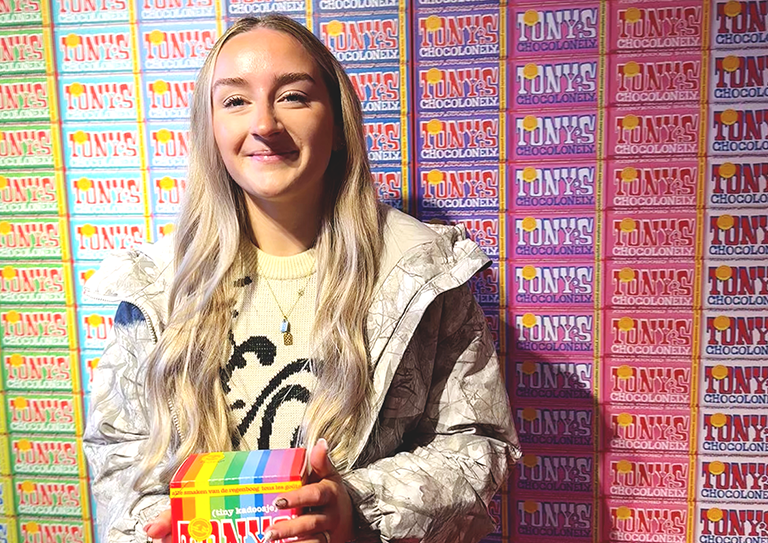One in seven people are neurodiverse. That’s four or five students in every class of 30. ADHD, autism, dyslexia, dyspraxia – different brains that learn differently.
Yet most school and college materials are designed for neurotypical minds. Standard fonts, dense text blocks, overwhelming layouts. No wonder so many brilliant students struggle.
The Current Problem
Walk around any school, college, or university, and you’ll spot the issues.
Tiny font sizes on notice boards. Confusing timetables with zero visual hierarchy. Welcome packs that look like legal documents.
For neurodiverse students, this isn’t just annoying. It’s exhausting. Processing information that’s poorly designed takes extra mental energy.
Energy they need for learning.
What Makes a Difference
Font Choices Matter
Arial, Calibri, and Verdana work well for most neurodiverse students. While Comic Sans is often mentioned as dyslexia-friendly, research shows mixed results. The key is avoiding fancy fonts that confuse similar letters like ‘b’ and ‘d’.
Colour and Contrast
While high contrast generally aids readability, pure black on white can cause visual stress for some students with dyslexia. Research shows many prefer lower contrast combinations like dark grey on cream or dark blue on off-white.
Layout Logic
Information should flow in a clear order. Headers, subheaders, bullet points. White space isn’t wasted space – it’s breathing room for busy brains.
Clear Instructions
“Complete your enrolment” means nothing to an anxious 16-year-old. “Go to Reception, ask for Sarah, bring your ID” is much better.
Plain English
“Students requiring additional support may benefit from supplementary academic provisions”, sounds important, but means nothing. “If you need extra help with your studies, we can arrange one-to-one tutoring” is much clearer.
Simple Changes, Big Impact
Timetables That Work
Colour-code subjects. Use consistent formatting. Include room numbers and building names, not just codes like “B2.14”.
Signage That Guides
Visual cues work better than words alone. Icons for toilets, food, help desk. Consistent colour schemes throughout the building.
Digital Accessibility
Screen readers like NVDA (free for Windows) need properly formatted content to work effectively. Alt text for images. Headings that make sense. PDFs that don’t require archaeology degrees to navigate.
Welcome Packs Worth Keeping
Break information into digestible chunks. Use visuals. Create step-by-step guides. Include a simple map with landmarks, not just building outlines.
Beyond Compliance
Creating inclusive materials isn’t just about following rules. When materials work for neurodiverse students, they work better for everyone.
Research shows that inclusive design improves comprehension for all students. Clearer instructions reduce questions to staff. Better signage means fewer lost students.
Getting Started
You don’t need to redesign everything overnight. Start small:
- Review your welcome pack with fresh eyes
- Check your website works with screen readers like NVDA
- Ask current neurodiverse students what frustrates them
- Test new materials with a mixed group before printing
For more guidance, Microsoft’s Inclusive Design resources offer comprehensive guides and tools for creating accessible materials.
The Bigger Picture
Schools, colleges and universities that get this right don’t just retain more students. They build better reputations. Parents notice when their child feels supported. Students recommend places that work for them.
It’s good for business and good for people. Win-win.
Ready to create more inclusive learning environments? We create materials that work for every type of learner – from schools to colleges to universities.





